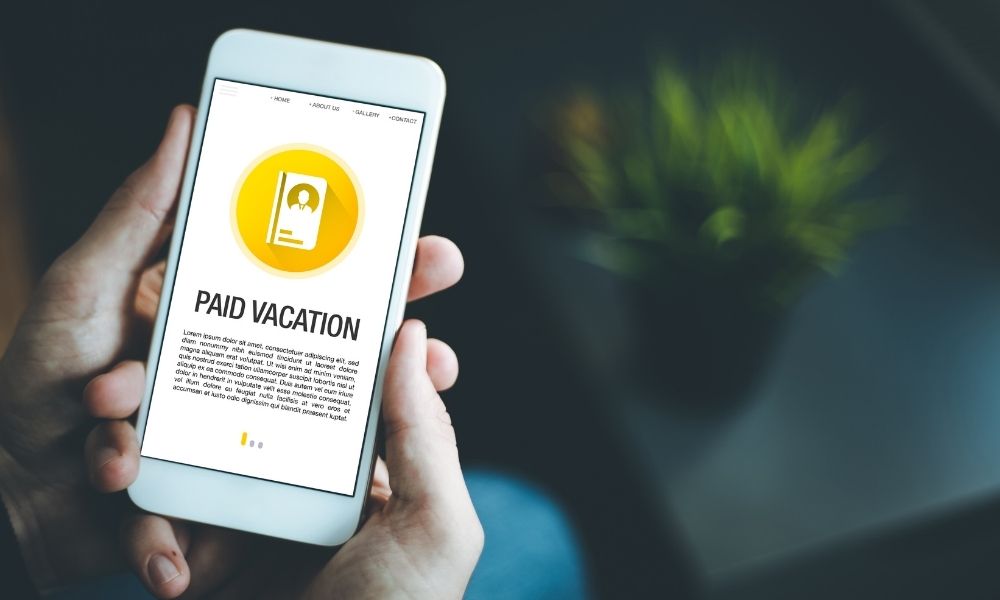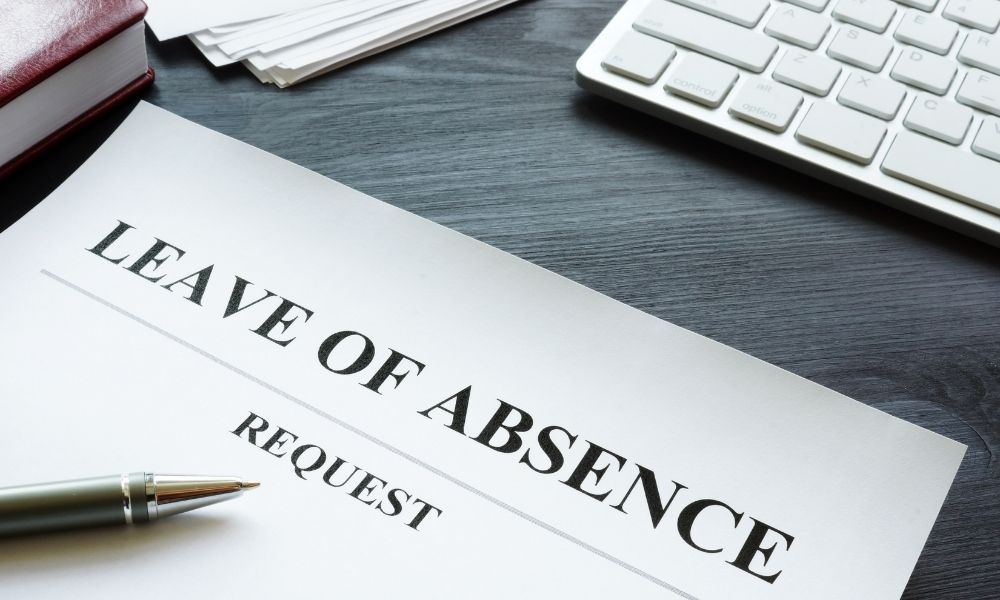We’ve all been there—you wake up and don’t feel well, but which method do you use for time off, and how will each affect your vacation time? In this article, we’ll look at the difference between PTO and vacation time to gain a clearer understanding of each.
What Is PTO?
Depending on the company, PTO stands for paid time off, personal time off, or planned time off. They all mean the same thing but aren’t always the same as “vacation” time. Although vacation time is often PTO, employees can use paid time off for anything they need, not necessarily a vacation. It could be maternity leave, a sick day, or just a needed day of rest. PTO is there for employees to use in whichever way they choose.
To accrue PTO, an employee is either given a set amount annually or they accumulate PTO according to how many hours they’ve worked. Each company designs its own plan, but in general, a certain number of hours is given based on the employees seniority or hours they work.
Some companies offer rollover PTO, meaning if you don’t use it, it rolls into the next year. Doing this allows for large amounts of PTO to accumulate. Other companies choose a use it or lose it policy, meaning employees need to use the PTO in a year, or it’s gone. Companies often consider this method to be better than rollover because it encourages employees to take a break and decrease burnout rather than clinging to their PTO. When looking at PTO vs. sick time, rollover is often one of the biggest differences.
What Is a Sick Day?
A sick day, or sick leave, is used when an employee is under the weather. It’s often a last-minute request, simply because we all sometimes wake up unexpectedly not feeling well. Sick days are usually paid days off. Some companies require that employees use PTO for a sick day, and others offer separate sick days from PTO so that employees don’t have to use planned time off when they have no choice but to take a day or more to heal.
How To Choose
Really, the choice between PTO vs. sick days is up to the employee. It’s best to have a clear understanding of how much PTO you’ve banked when considering PTO vs. sick time. Each person varies and has different plans for the year. If you’re planning a long vacation soon, maybe save the PTO and instead opt for the sick day when not feeling well. As long as you keep track of all of your options and hours and have a clear understanding of expectations for using those hours, choosing isn’t too difficult.
In conclusion, PTO vs. sick time varies a bit between companies but are both there for a reason—to take time off. Never feel guilty about taking the time you need. It’s there for a reason. There isn’t an employee out there who won’t benefit from a break.
TimeTrakGO encourages time off with our PTO time tracking software. Our goal is to make time off easy to request and take. TimeTrakGO takes the confusion out of PTO so employees and employers can focus on the tasks at hand. Contact us, and let’s see how TimeTrakGO can help improve and encourage time away from work for your employees.





